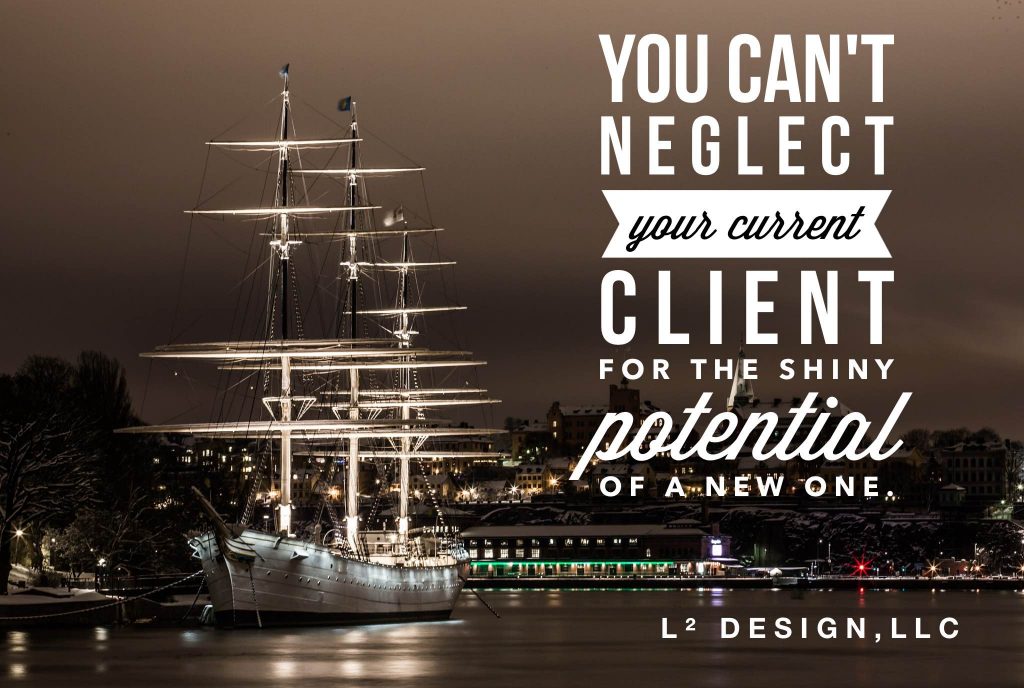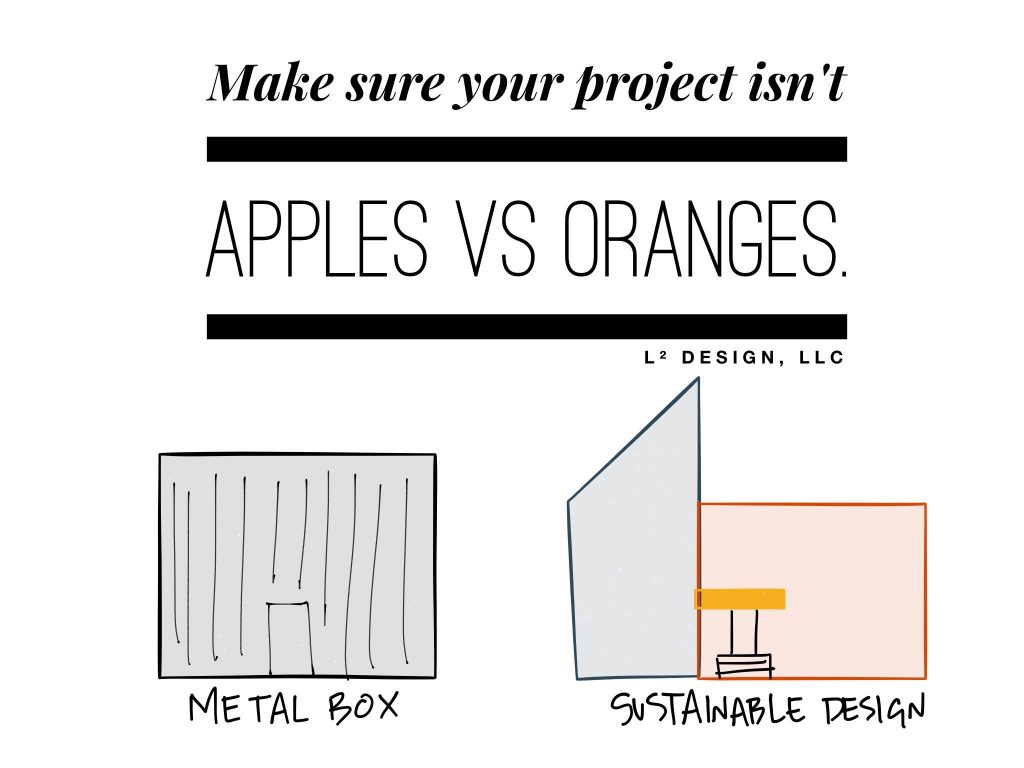When A Client Says No: Lessons learned so far
The dreaded “no”. I must admit waiting for a client’s response to a proposal – or any decision for that matter – still makes me nervous. I’d hate to say it comes from hearing it, so instead I’ll say it comes from experience. That doesn’t make the experience of when a client says no any easier.
Let me clarify with one key factor: When I launched L² in the middle of a recession in the small town of Long Beach, MS, I went door to door with postcards (that I designed and printed) highlighting my work and services and talked my fool head off with complete strangers. It made me massively nervous. For starters, I dislike talking to people I don’t know when I don’t have a common topic with which to talk around (that’s not the weather). More specifically, I knew every day that I left the house I was more than likely setting myself up for hours on end of “no”.
The key factor is that the will and desire to see my business and my dream succeed was more powerful than that fear.
So maybe the start of my business made me predisposed to better handling the setbacks and “no”s as life and work moved forward. Maybe it’s also because I try to look at each step (forward or back) as a learning lesson. After a couple instances of false-starts in the last couple months with L2, and coming up on a year of lessons at RATIO Architects, I thought I’d look at what I’ve learned and see if anyone in the webisphere has other wisdom or insight to add. Let’s look at the big 3 causes for when a client says no: timing, fit, and price.
When a client says no: timing
Sometimes project possibilities pass like ships in the night. You might see the faint glow of their light (hope for a project), but you’re steaming away working on your own thing under heavy engine power. It may be an interesting vessel, something that piques your interest, but you have your own cargo to deliver and passengers to ferry safely and on time. You can’t neglect your current client for the potential of a new one.
Sometimes you might have just gotten done delivering your cargo and passengers and the timing seems perfect. But that light of hope is simply that: hope. An idea. They aren’t entirely sure what they want. Meeting might help them clarify, but that doesn’t necessarily mean they’re prepared in a budget sense or any other factors out of your control. The good news: If you have a fruitful meeting, when the timing *IS* right they’re more likely to remember you. If the meeting for some reason doesn’t go well, it might fall into the next category.
I’m a proponent of a healthy mix of faith and perseverance. Sometimes a project just needs an extra nudge to get started, but sometimes you just need to know when a vessel is dead in the water. Don’t get discouraged. There’s always something else out there. Just keep feeding the fire in your engine room and you’ll find it.
When a client says no: fit
Sometimes when a client says no, it might be a “fit” issue. This is sometimes – most times – a gut thing, which you should rarely – if ever – ignore. There may be an instance where, by body language or conversation, something just doesn’t seem to click. It’s occasionally possible to overcome this; it might just be a miscommunication. In other instances, it may speak to a larger issue of “fit”, which rarely can be overcome. Either may be something your client perceives and is what causes them to say “no”. If you aren’t perceiving it, take a quick second to give yourself a gut check. Are you really not “feeling” the issue, or are you telling yourself you aren’t because you think you need the job/money? (more on that next) Make sure there’s no internal bias coming into the decision. If not, check with the client to make sure there were no miscommunication issues or minor concerns that an additional conversation could alleviate. The more you can be on the same page, the better. If that’s not possible, then chances are (unless you’re a horrible person), you felt the issue too. Like timing, fit is something that goes both ways.
When a client says no: price
I would venture to say that about 50% of the time I’ve been told “no”, it has revolved around price. Mind you, these are for smaller projects where a client may not have previously understood the need for an architect or the entire value that you provide to a project. This may mean that, as a part of the process, I (or we as a profession) didn’t do a good job in initial conversations explaining the value I/we bring, or that a project actually involves much more work than the client was originally anticipating, and so a proposal comes with “sticker shock”. That’s on me/us and can sometimes be solved with a face-to-face conversation when delivering the proposal. Due to the “HGTV-ization” of residential architecture, we are now fighting unrealistic schedule and budget perceptions from potential clients. Again, sometimes this can be solved with a conversation.
There will always be someone who just wants something done as cheaply and quickly as possible. They may say no to your proposal simply because it’s an “apples to oranges” comparison. Sometimes this may dip into “fit” and what works/pays the bills. Most times it speaks to a larger clash of ethics and quality that will foreshadow larger issues on a project simply due to a lack of understanding/care for quality architecture. This is where you have a decision to make:
- Does your gut say this will be a continual headache?
- Do you have a moral aversion to doing whatever the client is asking to reduce the fee?
- Do you think there is a chance to change their mind through the process of the project?
The last one is a rarity, though we architects love to be hopeful and think our designs are so awesome they could sway anyone. It all boils down to value. How much do you value your time and knowledge? I hope a lot. When a client says no, it definitely can feel like a gut punch and sometimes the knee-jerk reaction is to lower your fee to get the job and make them happy. I beg of you not to do that. You, and your skills, are valuable. A client might say “well so-and-so is doing it for x”. You don’t know so-and-so’s setup and overhead, but you do (or should) know yours. What does it take to keep the lights on? What does it take to make enough that you not only break even but save for retirement? What is your time worth? Ask for that. And deliver it (And do not be the person who intentionally undercuts another architect when you find out their price. Bad juju for you). Price your work according to the value you bring, live into your craft, be true and helpful in all that you do…it will pay off.
What about you? What have you learned from when a client says no? I’d love to hear it in the comments. We can all learn from each other.
Until next time,







